Alan M. Schneider, 1925 – 2022
When my father died two weeks ago, on February 23rd, in addition to his human grandchildren and a couple of “grand-dogs,” he also left a “grand-invention,” THE HUMAN JOURNEY®, his daughter’s progeny.
I’ve never thought to give him credit for it in public. Instead, in podcast interviews and other settings, I’ve pointed to the exposure I received as a child to figures such as Elisabeth Kübler-Ross through my mother’s work as well as to the importance of my time with my mother before her 2005 death in hospice.
Today, two weeks after Alan’s death, his influence suddenly seems as readily apparent as hers.
On the face of it, THJ couldn’t be farther from my father’s field of endeavor; he was a rocket scientist who taught at the University of California, San Diego.
By contrast, THJ is an invention in the realm of human dynamics and development, a process for human groups in life crisis that draws on my own background in the arts and social sciences. It certainly doesn’t stem directly from physics, mathematics, or even everyday spatial reasoning.
Yet THJ has everything to do with Alan’s influence. Two weeks into remembering him after he became, in his own former words, “no longer on this planet,” it all feels a direct path from him to THE HUMAN JOURNEY®. Yesterday, I was stunned to come across an article of his called “Navigation for Rendezvous in Space,” published the year before I was born.
What a metaphor for the facilitation, or navigation, THJ Conductors do of groups whose members are trying to find each other in space and time and under duress. Granted, in aerospace, “rendezvous” is actually a technical term that can refer to the meeting of a vehicle launched from Earth and a satellite. Yet our struggle to find each other, as well as the Conductor’s challenge of turning us toward each other under stress, feels strikingly the same.
As the sometimes prototypical engineer, replete with 1950s heavy-rimmed glasses and a breast-pocket full of pens, Alan was a tinkerer in systems. He upheld always finding “the right tool for the job” as he sought out the ideal in every object, process, and habit. (Yes, it could be exhausting living with him.) One pen was clearly more precisely attuned than another to the task of creating a certain kind of diagram. There was such a thing as a perfect cup of tea, and you could lose your desire for it by the time he stopped fussing over its preparation. When high-performance clothing first came out, he was all over it (though he failed to see the inefficiencies in having a travel vest with so many pockets that he needed a diagram to know where he’d put all his essentials).
Like Alan, I was interested in systems and in the interactions among elements — or in my case, people. Only I did that in a subfield of cultural anthropology. As I strove to create a tool that would address the problems not of orbital systems but of family systems that needed a process for for bringing people together, I too tinkered endlessly during playtesting with process.
There was the overarching narrative.
There was the interaction among “bodies,” not in space but here on the ground.
There was the mode of “navigation” and rightsizing the role of the Conductor.
There was backstopping for the things that could go off course so that the “rendezvous” could be successful no matter what participants did with it.
One “vest pocket” after another until I was satisfied.
As my father grew older, he moved from thinking about launching rockets to exploring the human applications of what he knew, focusing on bioengineering projects to help stroke patients with limb movement and patients undergoing cardiac surgery with blood pressure regulation. He had a profound and boundless empathy for anyone who suffered. THJ teaches empathy and the ability to shift perspective when other members of your group are also enduring their own suffering.
A week ago, it was hard to know how to move from personal grief into work designed to support those undergoing grief and loss. This week it seems less remote. While, in addition to leading the THJ trainings, I have been teaching workshops on how frontline staff can help those who are grieving while they themselves may be grieving, I am now discovering another layer — grieving myself while teaching the grieving to support the grieving.
Circles within circles within circles — like the orbits within my father’s gyroscope, which I now possess and stare at.
I don’t know if Alan could have seen these direct lines of succession. I now do. Finding “Navigation for Rendezvous in Space” helps me see this gift from him to where it’s headed next.
Related Posts
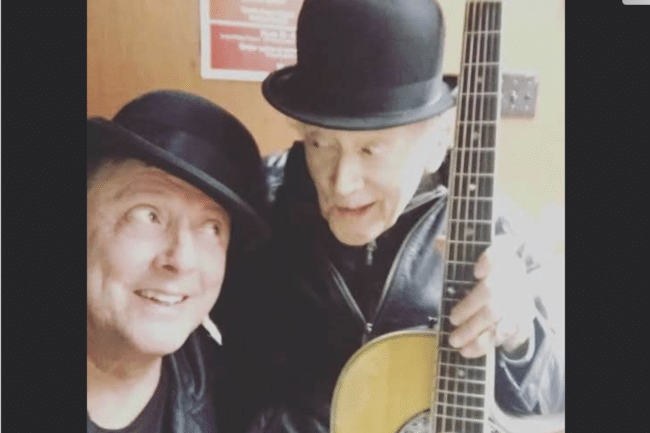
The Incredible Will to Sing
The will to make it to a loved one’s graduation or wedding, or to the birth of a new baby, somehow compels the body to obey the will. Stu Klitsner was going to sing at his only granddaughter’s wedding, come hell or high water.
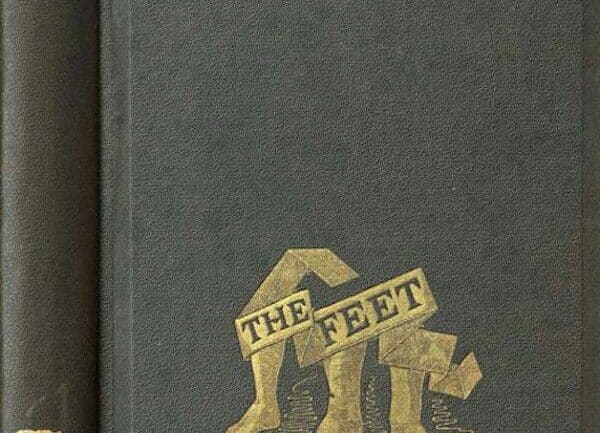
The Chaplain’s Feet
Chaplains exercise their humanness with every patient or family member they meet. What are the parallels between the kind of presence chaplains bring in the spiritual realm and that of the dancer who sees her choreography and performance as a kind of chaplaincy?
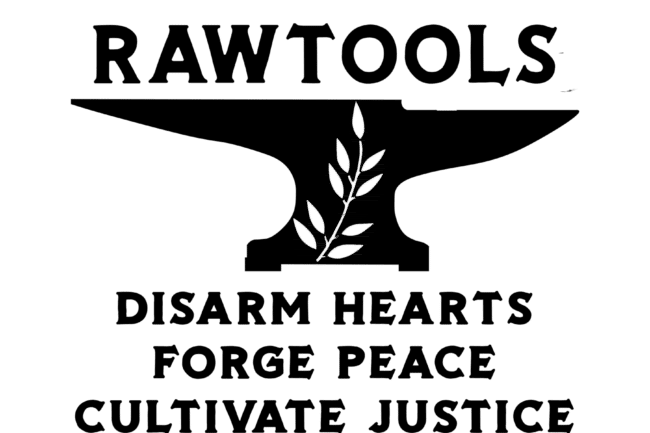
Whacking a Gun
At the 2023 Parliament of the World’s Religions, blacksmiths from RAWTools demonstrated how they took guns that had been surrendered from a variety of sources and re-formed them into garden hand tools, making literal their mission and message of anti-violence. The organization takes literally the passage from the Book of Isaiah to “beat their swords into plowshares and their spears into pruning hooks.”
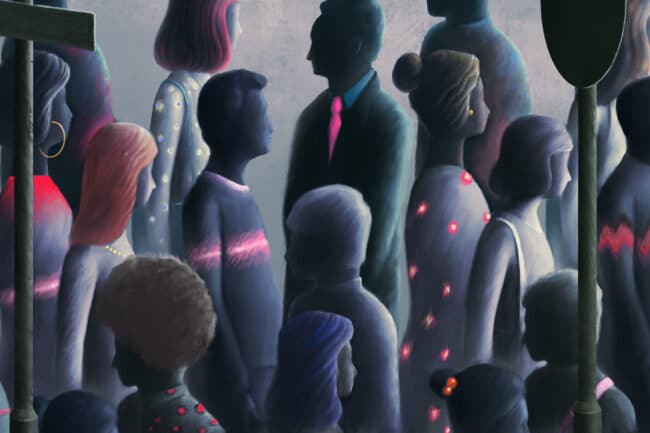
A Vaccine for Loneliness?
Public health has gotten bigger and bigger in recent decades. What was only thought of in the past as individual choices, like drug addiction, gun violence, or smoking crossed over to be thought of by many as social issues and, eventually, as matters of public health. With the Surgeon General’s report that came out in May, 2023, loneliness and isolation may assume their place alongside them as social epidemics.

Grief on the Comedy Stage
Is it in supremely bad taste, or potentially healing in a social setting, to use death and dying as material on the American comedy stage? The post-pandemic fad of comedy shows that deal with what have been taboo topics is currently walking that line.
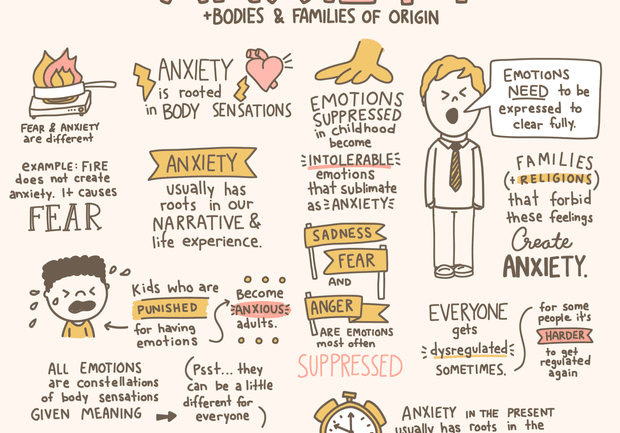
If You’re a Pro, You Gotta Have a Pro
Lindsay Braman’s example can open your mind about what sorts of both joy and utility you can create, simply by letting your own gifts out of the closet and using them in your work, in recognizing that, if a therapist/doodler can connect two passions, so can you.
